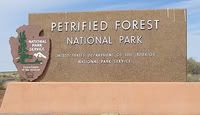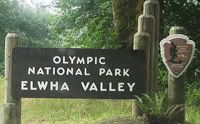
Petrified log - one of many in the park
Wikipedia's definition of petrified wood: "Petrified wood is a type of fossil: it exists of fossil wood where all the organic materials have been replaced with minerals (most often a silicate, such as quartz), while retaining the original structure of the wood. The petrifaction process has occurred underground, when wood became buried under sediment. Mineral-rich water flowing through the sediment deposited minerals in the plant's cells and as the plant's lignin and cellulose decayed away, a stone cast was formed in its place."
The pretrification process preserves all of the features of the original wood, right down to the microscopic level, including tree rings.




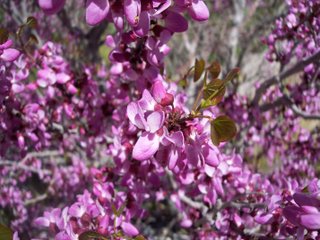


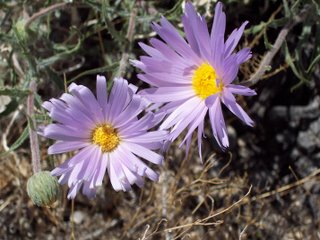





























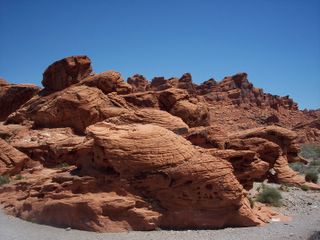




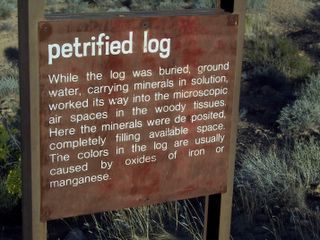






















 Grab my blinkie if you wanna
Grab my blinkie if you wanna



































 (Click on the links below to go there.)
(Click on the links below to go there.)




 Click the moose to sign my Guest Book
Click the moose to sign my Guest Book








 My "pet"
My "pet"

 Visit CALM
Visit CALM




